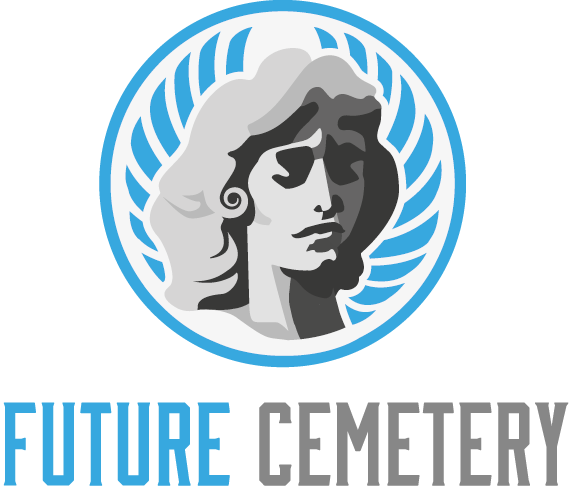Memorial Park is a place of reflection, remembrance and healing. It is also a space for community.
The Memorial Park grove is filled with swamp white oak trees, which symbolize the lives of victims of 9/11. Names of loved ones who died in the attacks are arranged together in a system of meaningful adjacencies.
Memorial Parks are a Peaceful Alternative to Cemeteries
When you lose a loved one, finding a way to honor them and their memory is an important part of healing. Many people are turning to memorial parks, which offer a peaceful alternative to traditional cemeteries. These serene spaces are designed to be uplifting and place of joyous remembrance.
Instead of the rows of competing headstones found at traditional cemeteries, memorial parks feature flat plaques or markers that lie flush with the ground. This design allows for better space management, meaning more families can be buried in the same area.
In addition, memorial parks often include public art as a means to promote healing and help connect community members. They also incorporate greenery and natural elements into the primary design of the burial grounds. This type of environment has been proven to reduce stress and increase well-being. In addition to providing a calm and tranquil atmosphere, memorial parks are also easy to maintain and offer a cost-effective alternative to traditional cemetery services.
They Promote Healing
Memorial parks offer a serene setting that helps individuals heal from the loss of a loved one. Many people find comfort in this peaceful environment, which offers a more positive and life-affirming atmosphere compared to the somber tone of traditional cemeteries.
Additionally, memorial parks often host events and activities that bring families together. This can help them work through grief and strengthen family ties, which is important for the healing process.
Unlike the unified messages of nationalist monuments, which focus on heroes and victories, counter-memorials do not have a clear, fixed meaning. Instead, they offer a more nuanced account of history that can allow people to reflect on the past and work through their feelings.
Moreover, memorial parks can provide a unique opportunity for family members to plant trees that will grow and thrive over time. Whether it’s a robust white oak or the soothing beauty of a crape myrtle, a living tribute tree can become a beautiful reminder of your departed loved one.
They Foster Community
Memorial parks often hold events and gatherings, helping families connect with one another and remember their loved ones. These events also allow family members to share their stories and experiences, which can promote healing.
For those looking to hone their golf skills, the park features a top-rated 18-hole course. The park also has two swimming pools, tennis courts and croquet courts. Food trucks can be found throughout the park, as well as a community center with a micro-library and historic wing.
The 1,500-acre Memorial Park is located inside Houston’s Inner Loop and is larger than New York City’s Central Park, Chicago’s Lincoln Park, or London’s Hyde Park. It serves as a natural, forested gateway and sanctuary where fellow citizens gather to compete in sports, discover nature, and engage socially.
They Help Families Connect
A memorial park provides a place for families to come together and remember their loved ones. They often feature different memorial options including traditional burial plots, niches and memorial walls. This allows family members to choose the option that best suits their loved one’s personality and passions. Memorial parks also focus on creating a natural environment that is more visually appealing than traditional cemeteries. They also promote sustainability by planting trees and promoting green spaces.
This more natural environment can be a comforting space for grieving individuals. Research has shown that spending time in nature can reduce stress and improve mental health. Memorial parks also encourage healing by providing a variety of grief support services.
Memorial parks also provide a link to a community’s history and heritage. This can help foster a stronger sense of belonging and connection among families. They can also serve as a teaching tool for families to discuss the inevitability of death and how to cope with it.
